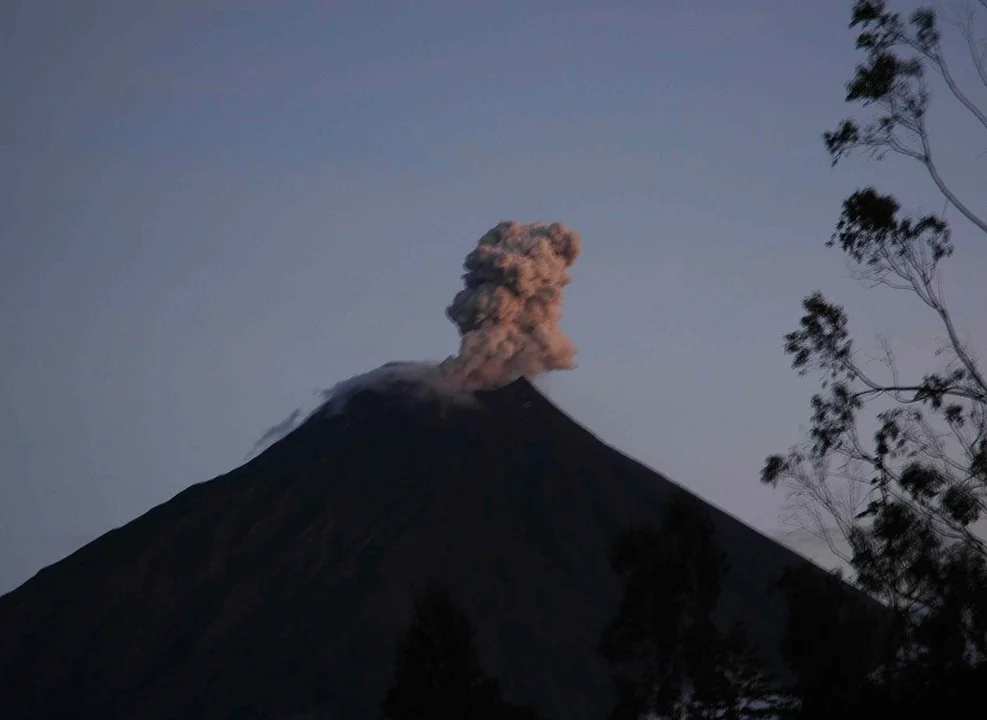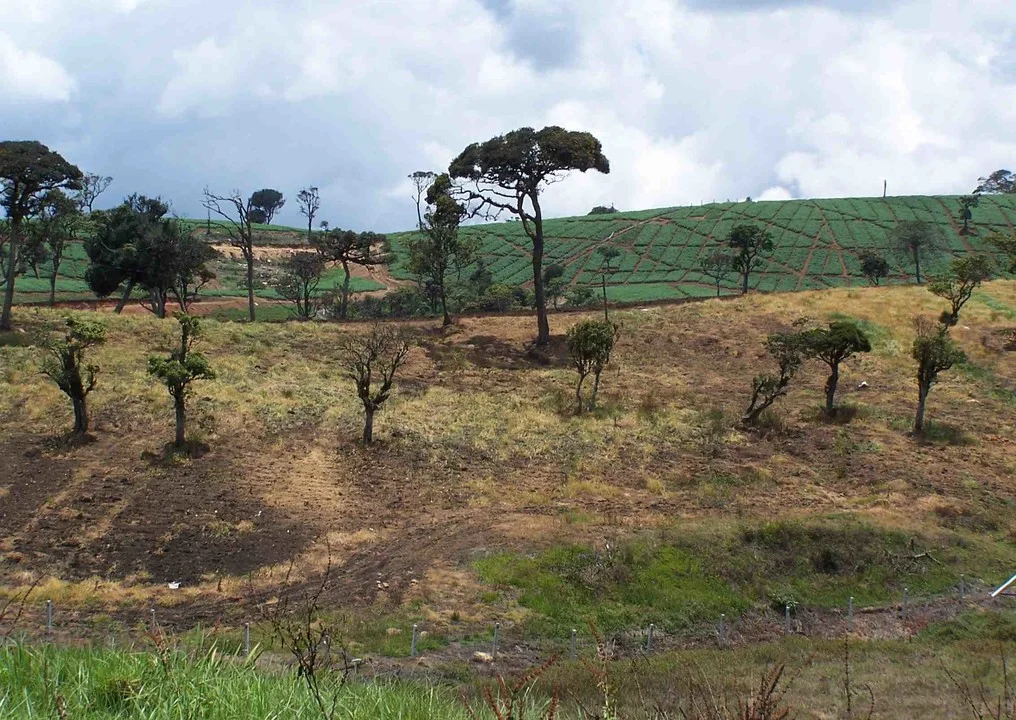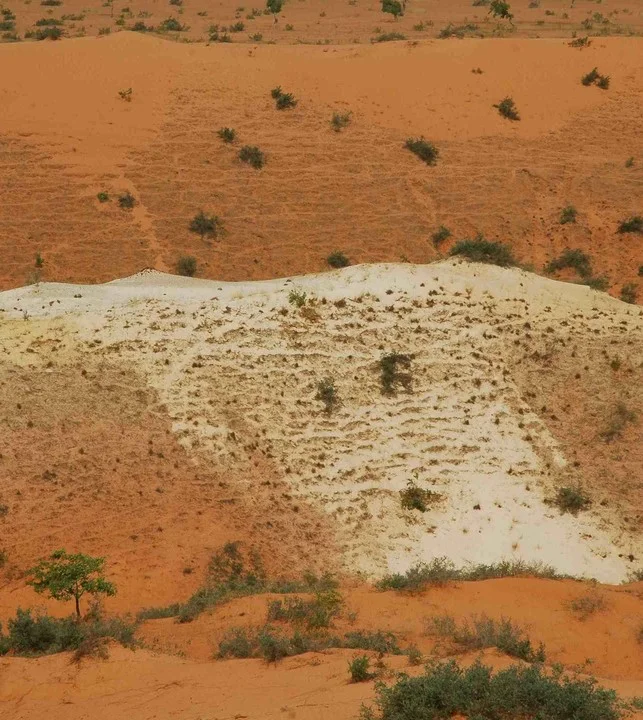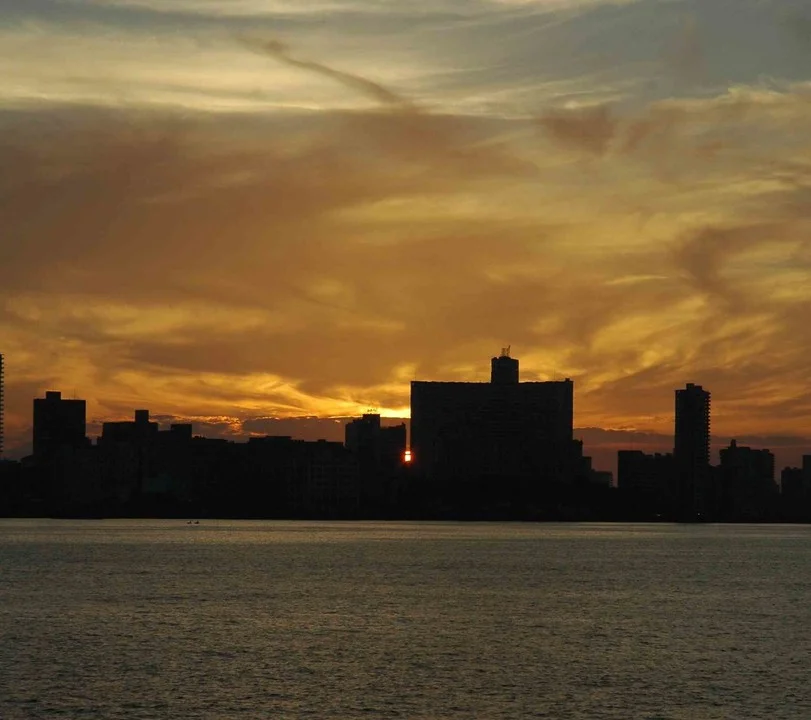Today’s newspapers states that “Sri Lanka will take the lead in ensuring the developing economies have the resources to mitigate climate change”. As the worst polluter of the Indian ocean for years, as a promoter of fossil fuel and massive concrete constructions pouring out greenhouse gasses as ‘development’ and having changed our agriculture to one totally dependent on fossil fuels, all of which contribute massively to climate change, we should be cautious of such bombastic statements which are totally untrue and stating a goal impossible to attain until we kick the fossil fuel habit. Poor knowledge is the cause of such silliness, so in the interest of public (and bureaucratic) information I offer the contribution below.
The current Asian heatwave should give us cause for alarm. Although there was an awareness of Climate Change It has taken a long time for the reality of global warming, which is driving the phenomenon of Climate Change, to become accepted as an issue of concern. To most of us living in the tropics, heatwaves will become increasingly common. A recent study suggests that by 2100, the increasing frequency of heatwaves will expose many millions of people in the tropics to dangerous levels of heat for half the year, even if humanity does manage to meet current climate goals. This is the tragic reality, the slow but steady increase in both temperature and frequency of heatwaves has begun. But much like the frog in the pot of boiling water, we do not notice the changes until it is too late. The increasing frequency of heatwaves, which if not addressed could lead to massive social breakdown because heat affects crop productivity. In 2022 intense heat across India cut crop yields by 10-35% in some regions, driving to soaring food prices and widespread food insecurity. Similar losses in crop yields to heat was recorded in Australia and the US.
While it is tempting to think that plants in the tropical regions are adapted to heat, recent studies suggest that, although tropical plants are better able to tolerate high temperature extremes more than temperate or arctic plants, plants growing in temperate climates of the mid-latitudes were closest to the tipping-point in their ability to tolerate high temperature extremes. This suggests that during heat waves the impact on vegetation will become intense in the mountain zones first. Each species and variety of plant, as well as each age group, has its own upper and lower temperature limits. Beyond these limits, a plant becomes considerably damaged and may even be killed. It is therefore the amplitude and frequency of variations in temperature, rather than its mean value, that is more important to plant growth.
Three temperatures ranges are recognised as being vital to plant activity, these are often termed cardinal points.
1. A minimum temperature below which no growth occurs: For typical cool-season crops, it ranges between 0 and 5ºC, and for hot-season crops between 15 and 18ºC.
2. An optimum temperature at which maximum plant growth occurs: For cool-season crops, it ranges between 25 and 31ºC, and for hot-season crops between 31 and 37ºC.
3. A maximum temperature above which the plant growth stops: For cool-season crops, it ranges between 31 and 37ºC, and for hot-season crops between 44 and 50ºC. Photosynthesis Air temperature is the most important climatic variable that affects plant life.
The growth of higher plants is restricted to a temperature between 0 and 60ºC, and crop plants are further restricted to a narrower range of 10 to 40ºC.
Extensive research on the impact of heat on plant cells reveals that chloroplasts, the photosynthetic organelles of plants, are highly sensitive to heat stress. Heat affects a variety of photosynthetic functions such as, chlorophyll biosynthesis, photochemical reactions, electron transport and CO2 assimilation. It has been reported that most plant cells are killed at a temperature of 45 to 55ºC. For aquatic and shade plants the lethal limit is 40ºC, and for most xerophytes it is 50ºC,
Leaf functions are disturbed at about 42ºC, and lethal effects on active shoot tissues generally occur in the range of 50 to 60ºC. The higher the temperature, the greater is the rate of respiration, which results in the rapid exhaustion of food reserves of seeds. Temperatures on the sunny side of the bark on stems or exposed leaves during heatwaves undergo great fluctuations. The injury inflicted because of this short period fluctuation in temperature is known as sun scald, where parts of the leaf wilt as if they were burned. Very high temperature at the soil surface and the adjoining laminar sublayer of the air frequently scorches the short stems, known as stem girdle. Stem girdle injury is first noted as a discolored band a few millimeters wide. This is followed by shrinkage of the discolored tissues. It appears that stem girdle causes the death of plants by destroying the conductive tissues or by an injuries that helps the establishment of pathogens.
What all this means, is that increased temperatures caused by global warming threaten agricultural production, as warmer conditions can inhibit plant growth and development or even destroy crops in extreme circumstances. Episodes of prolonged drought coupled with heat waves (i.e., drought and heat combination) can have a devastating impact on agricultural production and crop yield A combination of drought and heat stress significantly impacts yield by decreasing harvest index, shortening the life cycle of crops, and altering seed number, size and composition. Furthermore, these impacts are more severe when the stress combination is applied during the reproductive stage of plants. We know today that temperatures are increasing, what is required is some knowledge of the responses required in order to respond to the oncoming changes.
For instance, we need to be working on heat tolerant varieties for all of the crops that we depend on for food. We need an effective predictive mapping system, to facilitate climate response planning. We need agricultural landscape designs that minimise ambient heating. We need a robust public discussion on what we are to expect with Climate Change.
Finally, linking our food production system to fossil energy or linking our development processes to the creation of industries and constructions responsible for greenhouse gas emissions which increase the heat that will finally affect food production, demonstrates the hypocritical madness of fossil driven, industrial and urban ‘development’ without a penny towards the opportunity cost of lost Ecosystem Services being paid.







